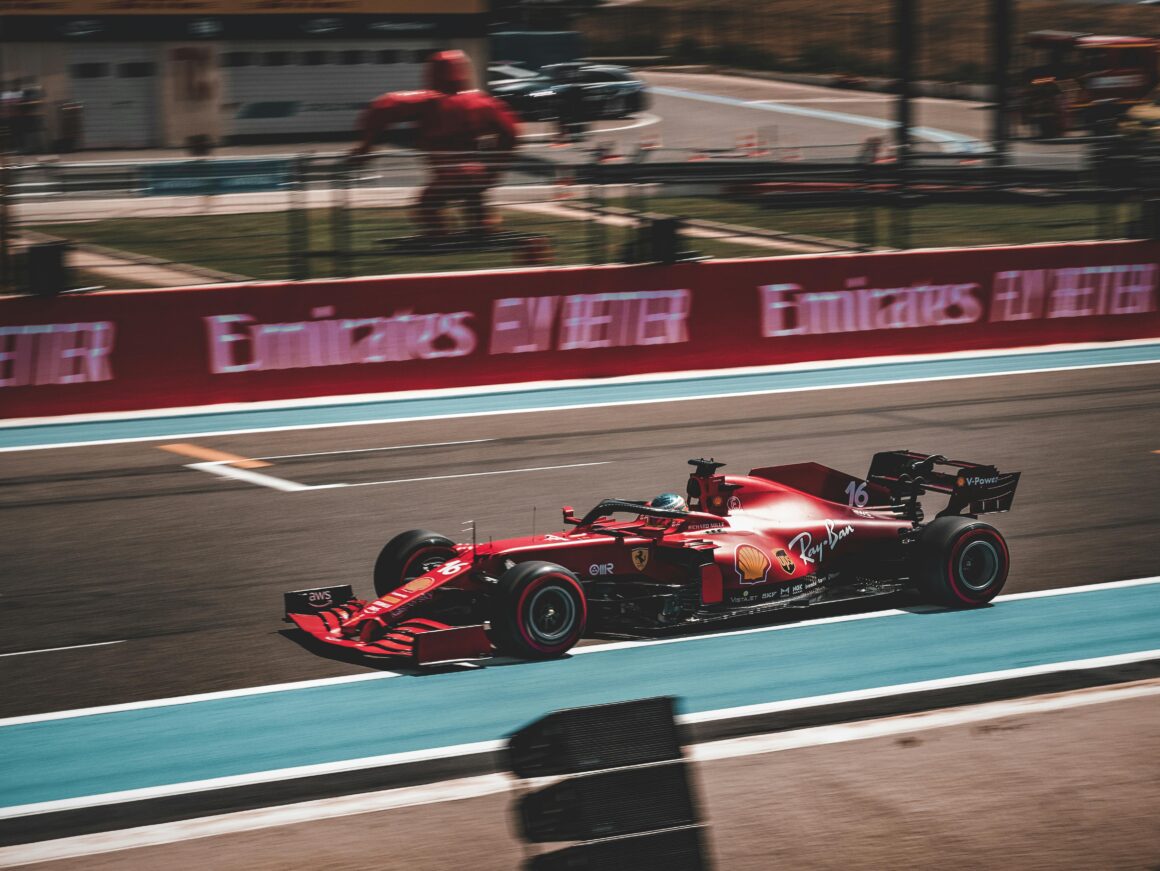Let me tell you, getting into F1 was a wild ride, and I’m here to spill all the beans. When I first got hooked on Formula 1, it was like discovering a whole new world. The speed, the drama, the strategy—it’s all so captivating! The Netflix series “Drive to Survive” definitely played a big part in getting me hooked. That show is like a gateway drug to the world of F1, and before I knew it, I was dreaming of seeing a race in person.
So, I started digging around, trying to figure out how to make this dream a reality. First thing I did? Checked out the F1 calendar, of course. I had to see which races were within reach, both geographically and financially. Flights, accommodation, race tickets—it all adds up fast. I decided to aim for the Australian Grand Prix. It seemed like a good balance of excitement and, well, not completely breaking the bank.

Speaking of tickets, that was the next hurdle. Let me tell you, those things are not cheap! Prices ranged from “hmm, maybe” to “are you kidding me?!” I ended up going for the four-day pass, figuring I might as well make the most of it. It was still a hefty chunk of change, but hey, once-in-a-lifetime experience, right?
Once I had the tickets sorted, I started thinking about the actual experience of attending a race. I’d heard stories, both good and bad, so I wanted to be prepared. I made a list of all the things I wanted to see and do. I found some useful tips online, from people who’d been there, done that. Things like what to wear, what to bring, and how to navigate the crowds. One thing that surprised me was how family-friendly F1 races are. There are fans of all ages, and the atmosphere is electric.
Now, I also got a bit curious about the behind-the-scenes stuff. I mean, how do these teams make those lightning-fast cars? And what about the people who work in F1? I stumbled upon some info about the kind of education you need to get into the technical side of things. Turns out, you need some serious brains! Most of those strategy engineer roles require at least a Master’s, if not a PhD, in a STEM subject. So, yeah, not just anyone can do it. I even looked into internships, but they’re just as competitive.
I must say that it is really a long but fantastic process for me to get into F1, but I made it, and it is really worth it!
- Started by checking the F1 calendar for accessible races.
- Decided on the Australian Grand Prix for its balance of excitement and cost.
- Purchased a four-day pass after comparing prices.
- Researched tips for attending, including what to wear and bring.
- Learned about the family-friendly nature of F1 races.
- Explored the educational requirements for technical roles in F1.
- Discovered the high qualifications needed for strategy engineer positions.
- Considered the competitive nature of F1 internships.
Reflecting on the Journey
Getting into F1 was more than just buying a ticket; it was about diving into a new world. From the initial excitement sparked by “Drive to Survive” to the meticulous planning and budgeting, every step was part of the adventure. It’s clear that F1 is not just a sport but a community and a technical marvel. The experience has left me with a deeper appreciation for the sport and the incredible effort that goes into every race.












